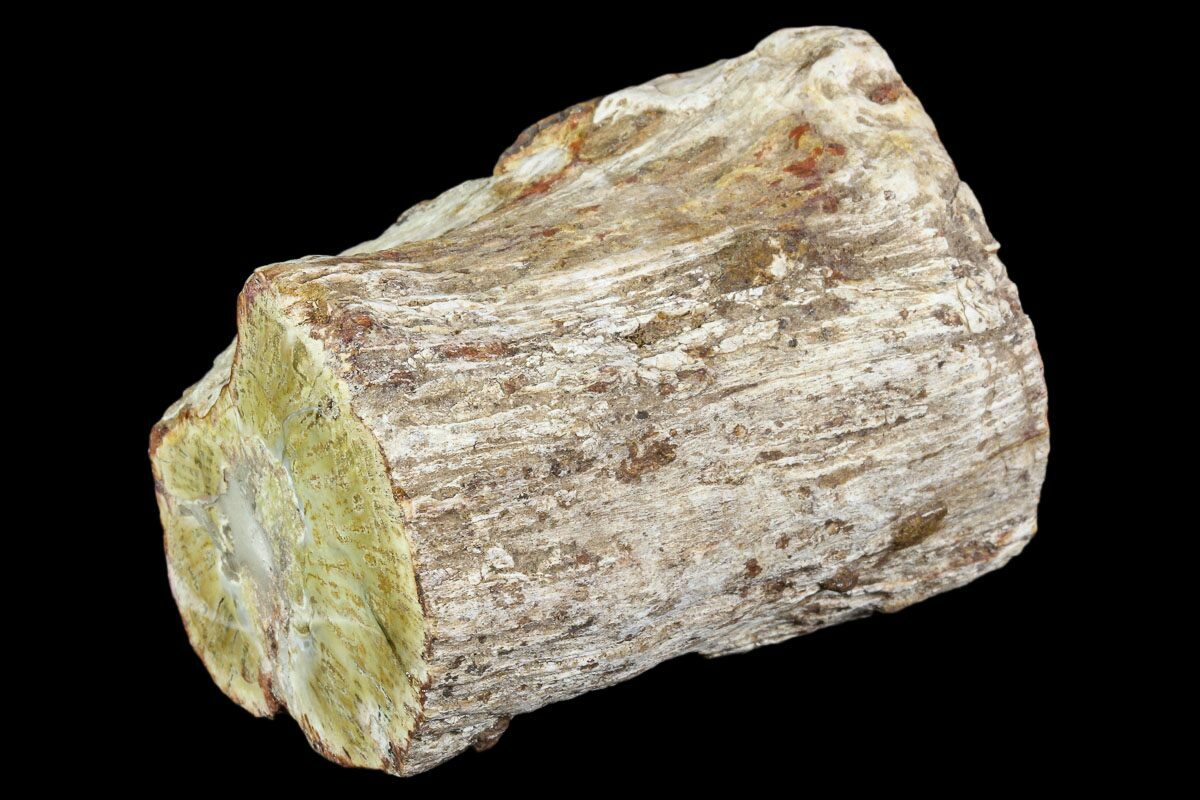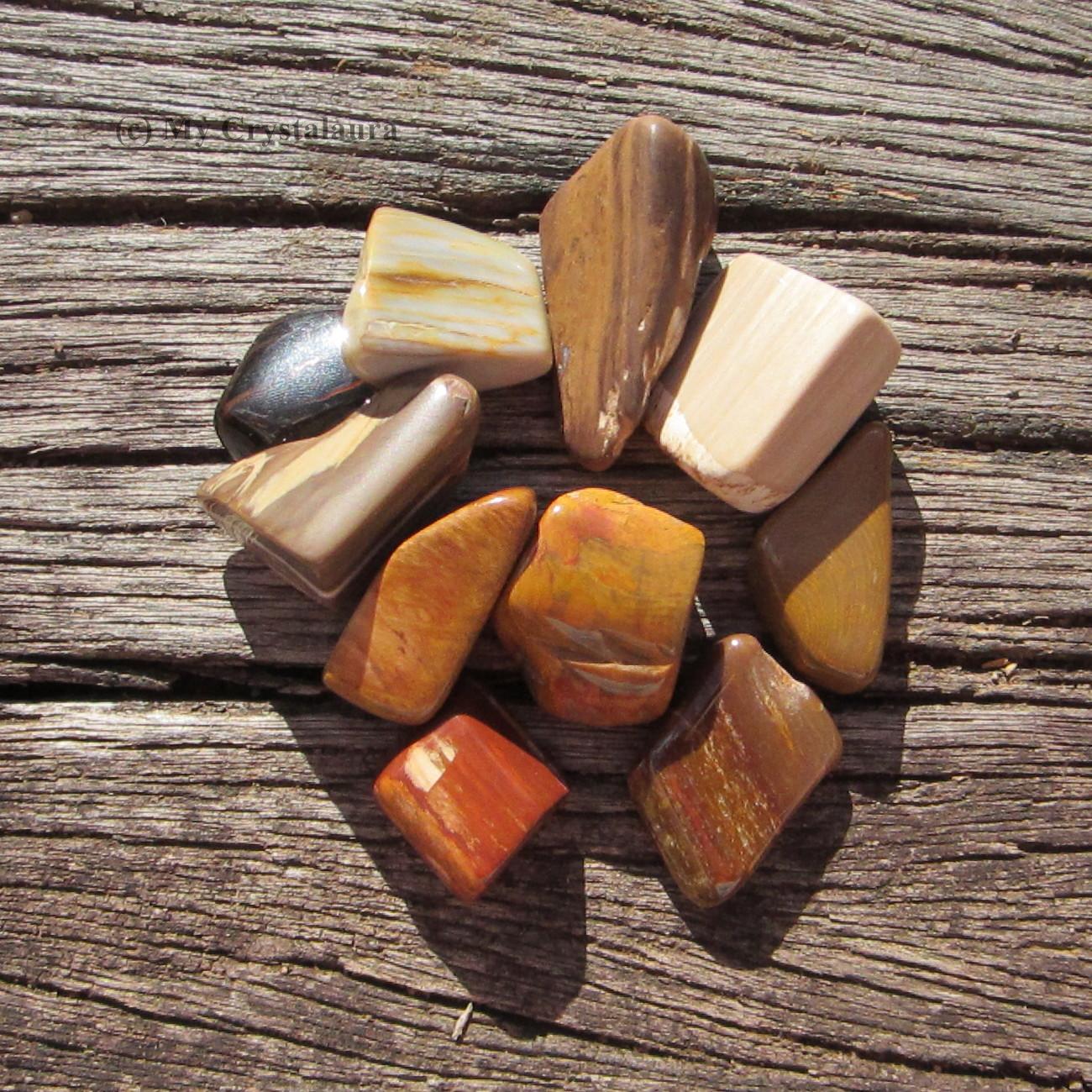

Advantagesīesides the eccentric look, Petrified Wood brings, it is a safe rock considered to be inert and can be used in any type of enclosure. The unique features Fossil Wood exhibits will add value to any biotype. Using these rocks in terrariums works just as well and can either be used as a hardscape or substrate cover. I would recommend this rock in vivariums like aquariums, ripariums, and paludariums that are either hard water-dependent or softwater planted tanks. Having a hardness of 7 makes this stone durable enough to handle most pets being kept in the enclosure with it. The neutral PH/hardness influence would make Petrified Wood ideal for both saltwater and freshwater aquariums. It is always good to practice to do an alkaline test on any type of rocks and if the Fossil Wood does appear to be slightly alkaline, the use of plants and driftwood should be enough of a buffer. Over time, it is possible for minerals to leech during weathering but with a hardness of 7… It will be a very slow process and should have no negative effects on water hardness or PH.

This makes the rock inert and suitable for both hard and soft water vivariums. Environmental Influenceīeing composed of mostly quartz, Petrified Wood typically has no influence on water parameters. This will inevitably lead to petrified forest forming in areas around volcanic fields. During an eruption, ashes and cooling magma can bury the entire forest. Another natural phenomenon that will cause Fossil Wood to form is through volcanic activity. In many cases, it will form within a sedimentary rock only to be revealed when dug up or moved naturally. Petrified Wood can only take place underground. Securely place it in vivariums when using larger sizes and be sure to keep it away from the glass sides of aquariums. This would make the rock rather heavy to work within large amounts. The density of this rock is generally between 2.58 and 2.91 grams per cubic centimeter. Petrified Wood can be tumbled or polished into a perfectly smooth surface. A closer look will reveal the fine-grained, uniform texture quartz usually has. The texture of Fossil Wood will often be non-porous and similar to the organic plant in its shape after. Other colors like blue or purple are signs of manganese oxide and black is iron sulfate. Yellow, brown, or orange will indicate a hydrated iron oxide is present within the rock. If the iron oxide is present the colors brown, pink, or red will be found throughout the stone. Virtually all Fossil Wood will exhibit a combination of many colors due to the many minerals mixed in with quartz. For starts, the mineral quartz that makes up the majority of the stone is often clear or white. The color of Petrified Wood can vary greatly depending on the type of impurities formed within the stone.

The shell of that plant material is then filled with mineral-rich groundwater and those minerals harden turning into the sedimentary rock left behind. Through the process of petrification, the original tree is buried deep enough to decay completely while simultaneously deprived of oxygen. Fossil Wood can virtually take any shape the original plant was and be found all over the world.Įven though this stone looks very much like a portion of an ancient tree, all matter that would typically make up the tree is replaced with sediments of sand and compressed to form the existing stone in the shape of a tree. The word in itself literally translates to “wood turned to stone” in Latin.

It is commonly referred to as Fossil Wood or Petrified Stone because it is technically a fossilized version of some type of plant material. Petrified Wood is a sedimentary rock composed of mostly silicate minerals like quartz along with calcite, opal, and pyrite on occasion. Habitat: Petrified Forest, Volcano FieldsĬolor: White, Black, Tan, Brown, Pink, Green, BlueĮlemental Type: Sedimentary Rock (Quartz) What Is Petrified Wood? Origin: Volcanic Deposit, Sedimentary Rock Wood so old it has taken on the properties of stone.Common Names: Fossil Wood, Petrified Stone Raw Materials can also be refined and worked on certain Crafting Stations, developing them into Refined Materials. Materials can usually be found in the wilderness, and most cases, can be harvested using certain Tools. Petrified Wood can be used in recipes for Engineering, and Arcana. Petrified Wood in New World is a tier II Wood.


 0 kommentar(er)
0 kommentar(er)
